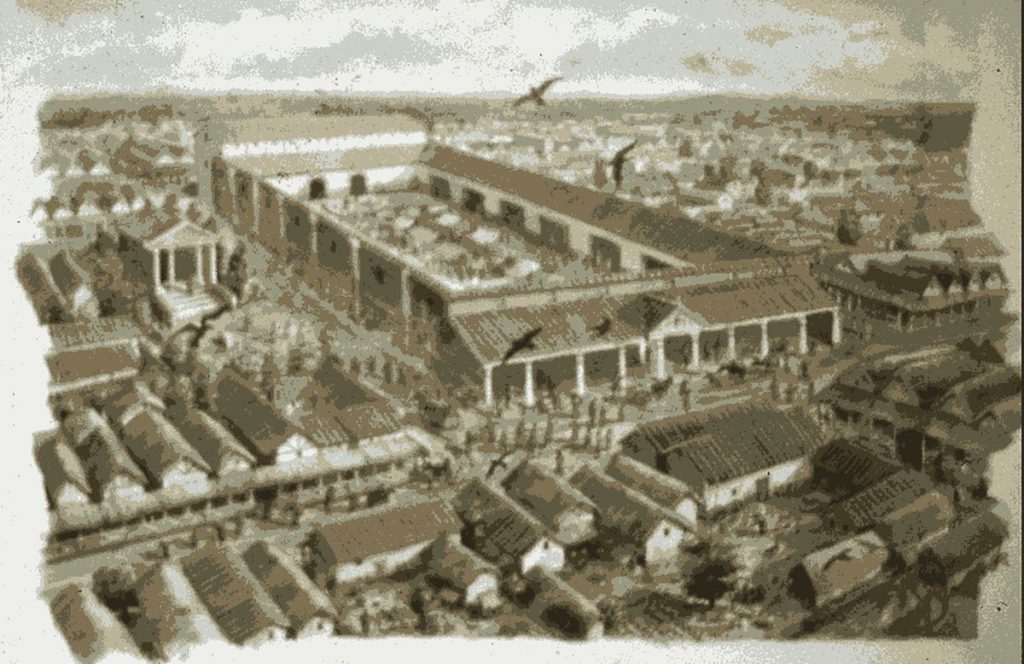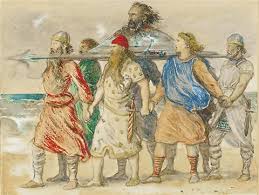
Sunday 11th April 2021 6.30pm
The virtual walk looks at the amazing archaeological discoveries of Roman Londinium
Archaeology has transformed our knowledge of Roman London and this walk takes us around the amazing archaeological discoveries and the stories they reveal.
We disembark at the Roman Waterfront by the Roman Bridge, and investigate the circumstances which lead to the foundation of London. Then we walk up the hill to the Roman Town Hall, past the houses of its wealthy citizens. At the Forum we look at the market and discuss Roman local politics. We proceed through the streets of Londinium, with its vivid and cosmopolitan street life and to the site of the excavation called ‘the Pompeii of the North’. Then we worship at the Temple of Mithras, and finish with Bread and Circus at the Roman Amphitheatre.
.This is a London Walks Guided Walk. Look at their web site for a list of other of their amazing walks
To Book:
https://www.eventbrite.com/e/roman-london-virtual-archaeology-walk-tickets-137340139053

